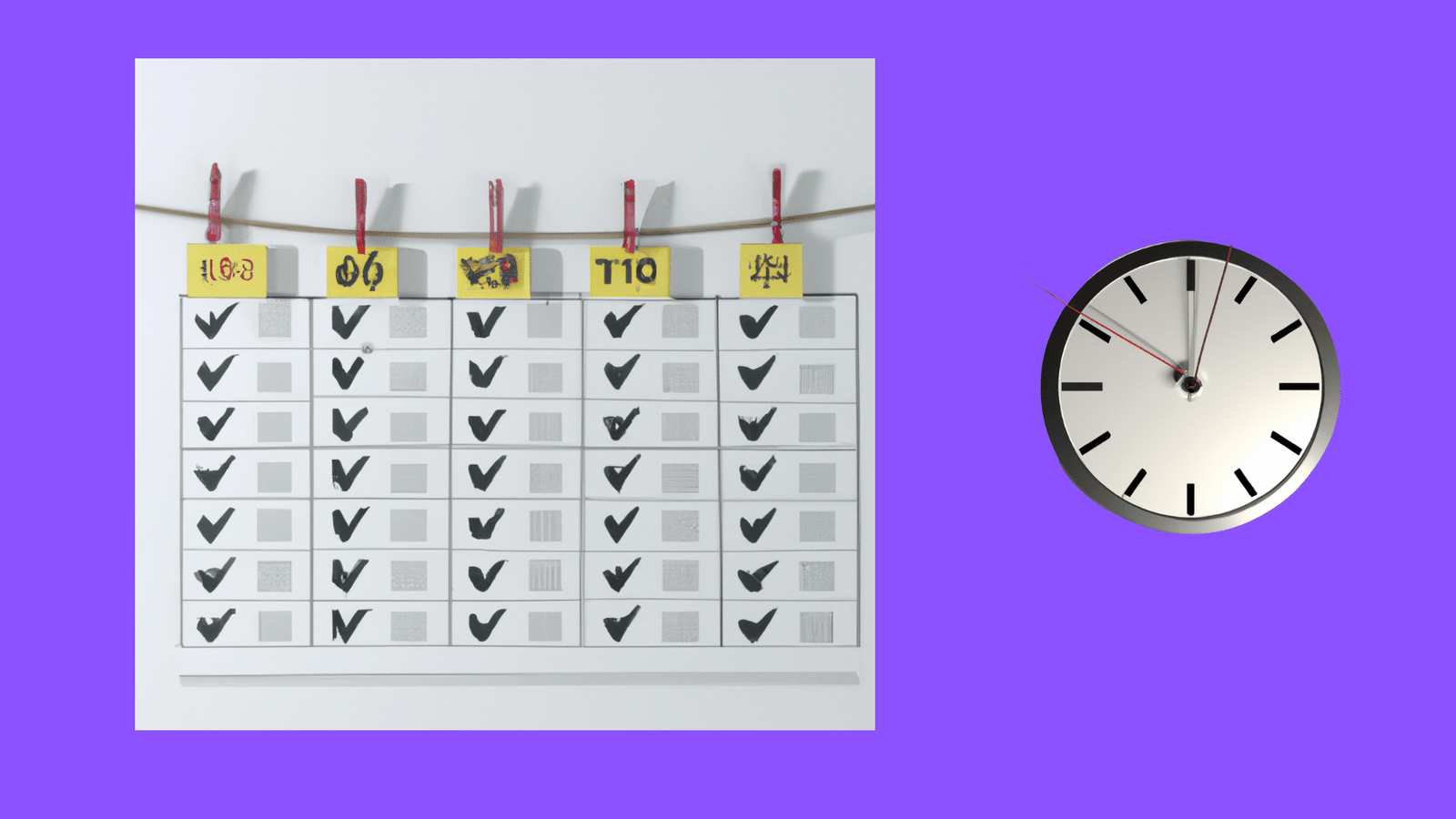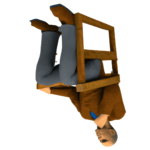April Fools’ Day
April Fools’ Day, celebrated on April 1st each year, is a day dedicated to the art of practical jokes and hoaxes. This light-hearted occasion encourages individuals, families, and even organizations to engage in playful trickery, often resulting in laughter and amusement. The event is universally recognized, with participants employing various methods to fool friends, colleagues, and loved ones, only to reveal the ruse by exclaiming the traditional phrase, “April Fools!” once the prank is uncovered.
The origins of April Fools’ Day remain somewhat ambiguous, sparking numerous theories about its inception. Some historians suggest that the celebration may date back to the 16th century during the transition from the Julian calendar to the Gregorian calendar. Those who continued to celebrate the New Year in spring instead of acknowledging January 1st were often regarded as foolish, setting the stage for a day dedicated to merrymaking. Over the years, the practices associated with this peculiar day have evolved and diversified across cultures, adapting to the sensibilities of different societies.
In contemporary times, April Fools’ Day maintains its significance as a platform for lightheartedness and creativity. It has become an occasion for major corporations and media outlets to partake in elaborate pranks, often creating humorous advertisements or misleading news stories. This annual event, characterized by its penchant for humor, serves as a welcome respite from the seriousness of daily life, allowing individuals to temporarily suspend their inhibitions and embrace playful interactions. The essentially non-serious nature of April Fools’ Day makes it a unique cultural phenomenon that fosters camaraderie and joy among participants while retaining historical traditions.
Historical Origins of April Fools’ Day
April Fools’ Day, celebrated on April 1st each year, boasts a rich tapestry of historical origins that have sparked the interest of both historians and cultural enthusiasts alike. One prevalent theory suggests a connection to the Roman festival known as Hilaria, which took place in late March. During Hilaria, participants donned costumes and engaged in playful activities, serving as a precursor to the contemporary spirit of practical jokes associated with April Fools’ Day. This ancient festival emphasized merriment and light-heartedness, mirroring the jovial nature inherent in today’s celebrations.
An additional theory pertains to the transition from the Julian calendar to the Gregorian calendar in the late 16th century. As this shift occurred, those who continued to celebrate the new year on or around the end of March were labeled as “April fools.” This anecdote reflects the social dynamics of the period, where changing customs often led to derision aimed at those who were slow to adapt. Naming individuals as fools for their adherence to the old calendar signifies an important cultural context in the holiday’s evolution.
Moreover, various cultures have contributed to the various dimensions of April Fools’ Day. In France, the day is termed “Poisson d’Avril,” translating to “April Fish,” where children play pranks by attempting to tape a paper fish to the backs of unsuspecting individuals. This delightful variation illustrates how local customs and folklore influence the interpretation of the holiday. Similarly, in Scotland, the event is celebrated over two days, the first focused on sending individuals on foolish errands, while the second day, known as “Taily Day,” involves more pranks, particularly involving the posterior.
Through these diverse historical lenses, it becomes evident that April Fools’ Day serves as a reflection of evolving cultural practices, connecting past traditions with contemporary celebrations of humor and jest.
Cultural Variations Around the World
April Fools’ Day, celebrated on April 1st, showcases a remarkable diversity in traditions and customs across various cultures. Each country contributes its own unique flair to this day dedicated to humor and playful deception. The essence of April Fools’ Day lies in its ability to bring people together through laughter, regardless of geographical boundaries.
In France, the celebration is known as “Poisson d’Avril,” or “April Fish.” The tradition involves sticking a paper fish to someone’s back as a prank, serving as a humorous gesture that symbolizes the arrival of spring. French newspapers and media outlets often partake by publishing fictitious news stories, fueling the spirit of the day. This playful atmosphere helps to strengthen social connections among friends and families, echoing the underlying theme of light-heartedness found in many global customs associated with this day.
Moving to Spain, “Día de los Santos Inocentes,” observed on December 28, reflects a similar notion of humor and trickery. This day also allows for various pranks, often involving more elaborate schemes than simple jokes. It aligns more closely with the spirit of April Fools’ Day, where individuals engage in mischief, and many take to the media to fabricate outlandish news stories, fostering laughter throughout the community. While the date differs, the cultural significance of humorous celebrations is evident in both traditions.
In the United Kingdom and the United States, April Fools’ Day is celebrated with a broader array of pranks that range from the innocuous to the extravagant. Media companies and companies often produce elaborate hoaxes, highlighting the lengths to which people go to entertain and keep the spirit of the day vibrant.
Thus, while the specific customs tied to April Fools’ Day may vary, the universal theme of humor and its crucial role in cultural bonding persists across multiple societies. This celebration exemplifies how humor transcends borders, creating avenues for joy and connection worldwide.
The Role of Media in April Fools’ Day
April Fools’ Day has evolved significantly over the years, especially with the advent of mass media and social platforms. Historically, newspapers and television networks have played a pivotal role in shaping public perception of this light-hearted tradition. Each year, many prominent outlets engage in this playful ritual by publishing elaborate hoaxes and humorous news articles designed to amuse and entertain their audiences. This integration of humor into journalism reflects an understanding of the cultural significance of laughter within society.
Traditional media, such as print and broadcast journalism, often contribute to the day’s festivities by creatively crafting fake headlines and stories. For instance, in the past, reputable newspapers have reported outlandish claims—ranging from absurd scientific discoveries to improbable societal changes—which have generated both laughter and disbelief among readers. Similarly, television networks utilize the day to feature comedic sketches that amplify the spirit of the occasion and encourage viewers to participate in the fun.
With the rise of the internet and social media platforms, the landscape of April Fools’ Day has expanded even further. The speed at which information travels in the digital age means that pranks and hoaxes can reach a wider audience more quickly than ever before. Websites and social media accounts often leverage the occasion to engage with their followers through creative campaigns, resulting in shared content that can quickly go viral. However, this increased exposure raises important ethical considerations regarding the fine line between humor and misinformation.
In an era marked by concerns about fake news and misleading information, many individuals grapple with differentiating between genuine news and humorous exaggeration on April Fools’ Day. While pranks can evoke laughter and camaraderie, they also risk perpetuating confusion and mistrust among the public. Therefore, it is essential for both media outlets and audiences to approach the day with a critical perspective that balances humor with ethical responsibility.
Famous April Fools’ Day Pranks Throughout History
April Fools’ Day has been marked by a series of memorable pranks that have not only entertained but also captivated audiences worldwide. One of the most iconic pranks occurred in 1957 when the BBC aired a segment about a Swiss region where spaghetti trees were reportedly “harvested.” Viewers were shown footage of women pulling strands of spaghetti from trees, leading many to believe that this unusual agricultural practice was real. The prank highlighted the gullibility of the public and demonstrated the power of media in shaping perceptions.
In 1985, another unforgettable prank was pulled by the popular sports network ESPN. The network falsely announced that they would air a documentary chronicling the “World’s Smallest Horse” that had supposedly been born in a barn in the Midwest. This absurd claim garnered significant attention and amusement, showcasing how the essence of a successful prank often lies in its creative absurdity combined with a veneer of believability.
Fast forward to the digital age, where technology giants have embraced April Fools’ Day with both humor and innovation. Google has consistently made headlines with its elaborate pranks, such as the 2013 announcement of Gmail’s “mic drop” feature, which allowed users to send an email alongside a GIF of a Minion dropping a microphone. This feature was later revealed to be a joke, indicating that even in the modern digital era, the tradition of lighthearted deception continues to thrive.
These pranks, while humorous, reveal a deeper cultural insight: they reflect societal norms and the human affinity for laughter. Each prank, whether rooted in radio or digital platforms, shapes not only the way public engagement operates on April Fools’ Day but also serves as a reminder of the joyous unpredictability of life. The reactions to these pranks demonstrate how easily people can suspend disbelief and find joy in the unexpected, further solidifying April Fools’ Day as a day of levity in our cultural landscape.
How to Plan the Perfect April Fools’ Day Prank
Planning the perfect April Fools’ Day prank requires a blend of creativity, timing, and an understanding of your audience. The essence of a successful prank lies in crafting an experience that is both entertaining and light-hearted. One of the first steps in this process is brainstorming ideas that are imaginative yet feasible, allowing room for surprises without crossing the line into territory that could cause distress or discomfort. Considering the nature of pranks on this day, a good sense of humor should be woven into the fabric of your plans.
Understanding your audience is vital when planning a prank. A prank that may be amusing to your close friends could easily offend a colleague or others who might not share the same sense of humor. Therefore, evaluating the preferences and boundaries of the people you are targeting is crucial. Pranks should reflect a balance between humor and respect; aim to elicit laughter rather than discomfort or embarrassment. It’s also wise to consider the environment in which the prank will unfold, ensuring it feels appropriate for the occasion and for the individuals involved.
Timing plays an equally important role in executing a prank effectively. The best pranks are typically those that catch the target off guard, so timing your reveal is essential. Execute your prank in a setting where distractions are minimal, allowing the humor to take center stage without interference. Additionally, aim for an execution window that doesn’t conflict with critical tasks or responsibilities. The right timing will enhance the humor and contribution of the prank to the festivities of April Fools’ Day, affirming its light-hearted spirit and making the recollection of the event a delightful memory. Finally, ensure your prank is harmless, as the ultimate goal is to foster joy and laughter while respecting the feelings and reactions of others.
The Psychological Effects of April Fools’ Day
April Fools’ Day, celebrated on the first of April, serves as a unique occasion that can elicit a broad range of psychological effects on participants and victims alike. Engaging in light-hearted pranks can foster an enhanced sense of social bonding among friends, family, and colleagues. The shared experience of humor derived from these pranks strengthens relationships, as laughter often facilitates connections and deepens emotional ties. This aspect of the day underscores the importance of social interactions in enhancing one’s overall well-being.
Moreover, the act of participating in playful deceit can serve as a significant stress-reliever. The humorous context of pranks allows individuals to momentarily escape their daily routines, providing a break from the seriousness that often characterizes adult life. During April Fools’ Day, individuals often find joy in the absurdity of the pranks, which can lead to transient feelings of happiness and relief. This humorous diversion not only encourages laughter but may also improve mood and foster an environment conducive to positivity.
<phowever, a=”” acknowledge=”” activities=”” all=”” also=”” and=”” antics=”” april=”” are=”” as=”” audience=”” balance=”” be=”” benefits,=”” between=”” calls=”” can=”” caution=”” consider=”” crucial=”” day=”” discomfort=”” distress.=”” effects=”” emotional=”” empathy=”” end=”” engaging=”” exercising=”” feelings=”” feelings.
Reflecting on Modern-day Pranking Ethics
The practice of pranking has evolved significantly in the modern era, raising several ethical considerations that warrant careful examination. As humor, particularly prank-related humor, continues to traverse various social platforms and domains, it becomes essential to evaluate the implications on both individual and societal levels. One prominent concern regarding contemporary pranks revolves around the ever-shifting boundaries of acceptable humor. What one group may find amusing, another might perceive as offensive or distressing. This divergence challenges pranksters to navigate a complex landscape where traditional norms often clash with modern sensibilities.
Consent emerges as a critical factor in the ethical framework of modern pranking. In an age characterized by an emphasis on mutual respect and awareness, obtaining consent before executing a prank is increasingly vital. Individuals should consider whether the subject of their joke is genuinely on board with the notion of being the target of humor. This consideration not only fosters a more inclusive atmosphere but also mitigates potential feelings of discomfort or humiliation that can arise from an ill-timed or poorly thought-out prank. Ethical pranking entails engaging with individuals in a manner that encourages laughter rather than distress.
Furthermore, it is prudent to reflect on the potential consequences of jokes that are considered inappropriate. In light of the numerous incidents in recent years where pranks have led to unintentional harm or public backlash, it becomes paramount for pranksters to assess the wider impact of their actions. This assessment might include considering societal sensitivities, cultural contexts, and the potential for reinforcing harmful stereotypes. As our collective understanding of humor continues to evolve, the responsibility falls on individuals to engage in pranking ethically, ensuring that laughter is shared rather than inflicted.
The Evolving Nature of April Fools’ Day
April Fools’ Day has undergone remarkable transformations since its inception, reflecting the changing dynamics of society and culture. Originating from various historical practices, this day now serves as a global event where humor takes center stage, marking a time for both light-hearted pranks and thoughtful reflection. As we have explored, the celebrations and customs associated with April Fools’ Day have roots in diverse traditions, ranging from medieval festivals to modern media influences.
The cultural significance of April Fools’ Day lies not only in its ability to elicit laughter but also in its role as a social commentary. The playful nature of the day allows individuals to engage in harmless deceptions that can foster a sense of community and belonging. Yet, it is crucial to acknowledge the psychological dimension that underpins these interactions. The thrill of a successful prank often resonates with shared experiences, reinforcing bonds among friends, family, and colleagues.
As we consider the implications of our findings, it is evident that the essence of humor remains constant, even as the forms of pranks evolve. With the advent of technology, particularly social media, the reach and impact of April Fools’ Day have expanded significantly. The digital landscape has brought both opportunities for creativity and challenges regarding responsible joking. Practitioners of humor must navigate the fine line between amusement and offensiveness in an increasingly interconnected world.
As we celebrate April Fools’ Day, it is essential to embrace the joy it brings while exercising sensitivity toward others. By understanding the historical context and cultural significance of this holiday, individuals can contribute to a responsible and enjoyable experience, ensuring that the spirit of April Fools’ Day continues to delight future generations.






